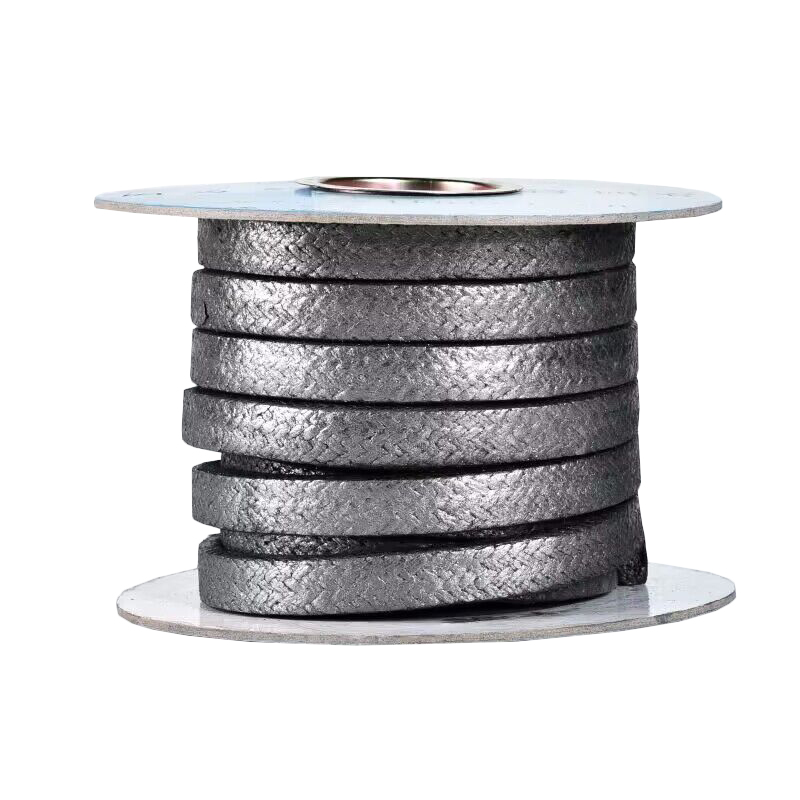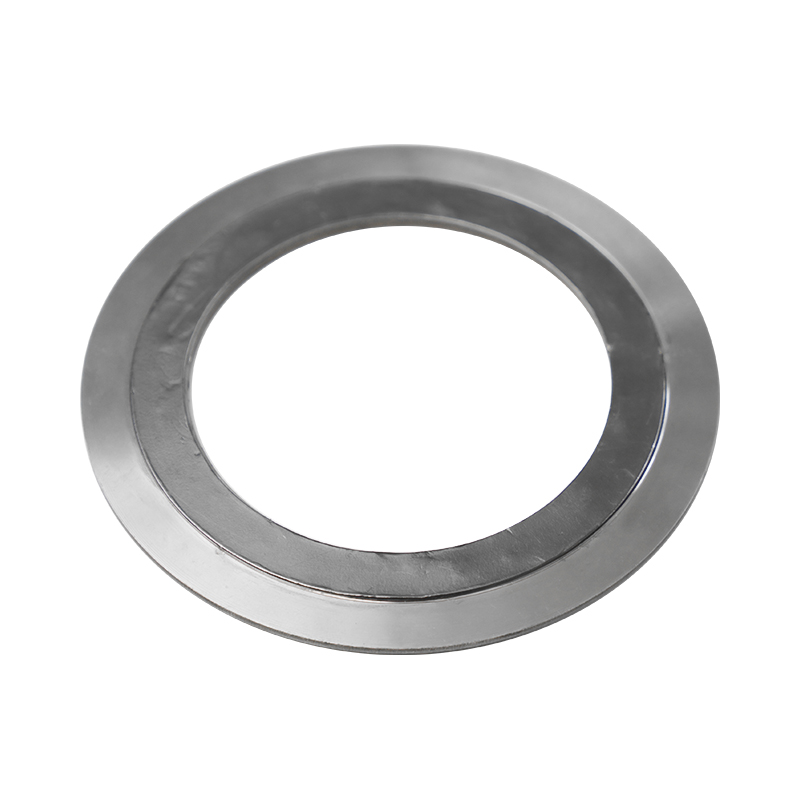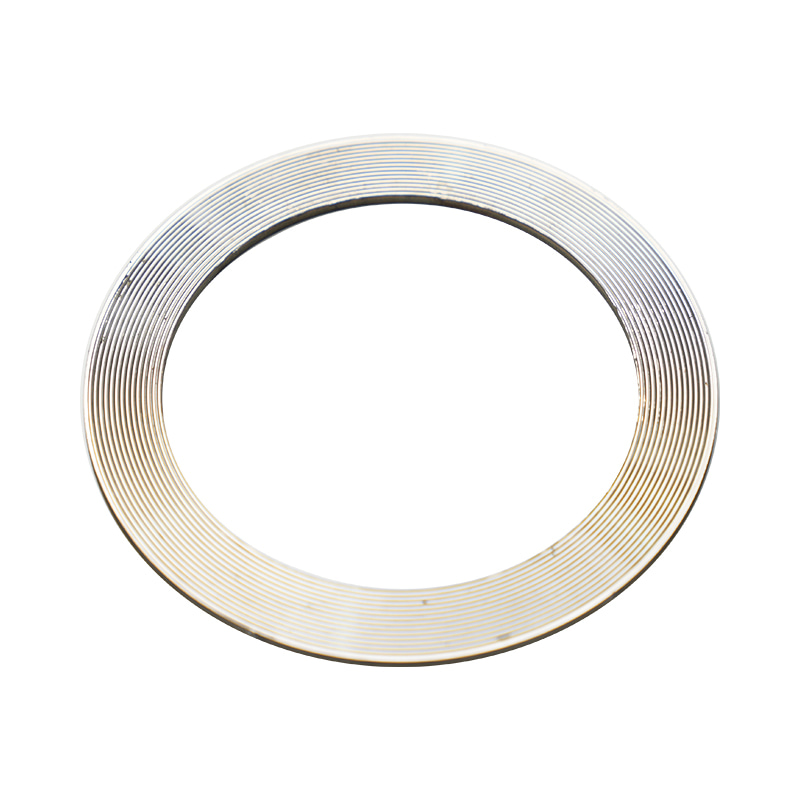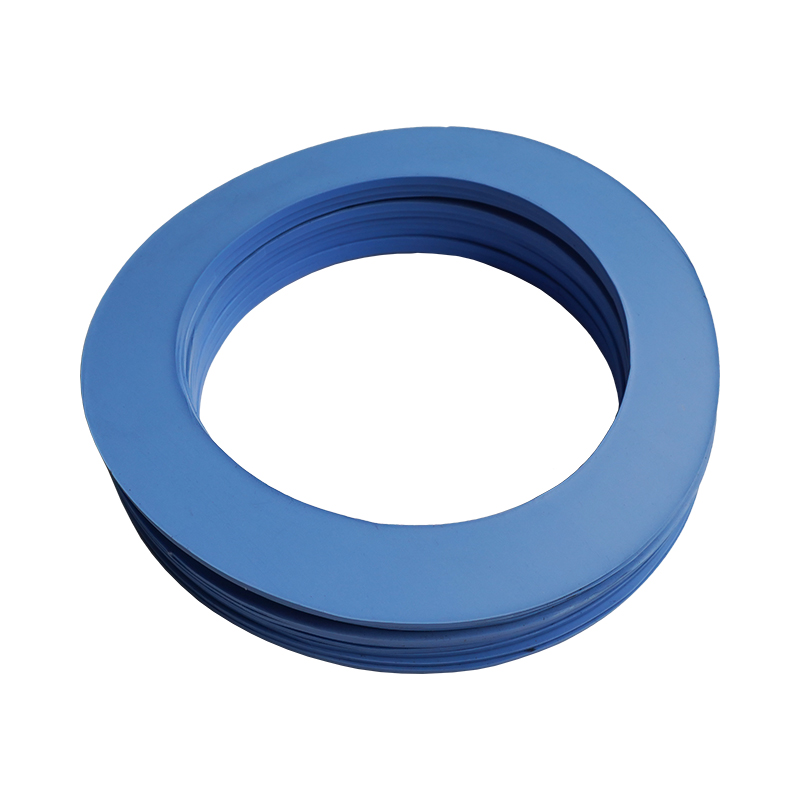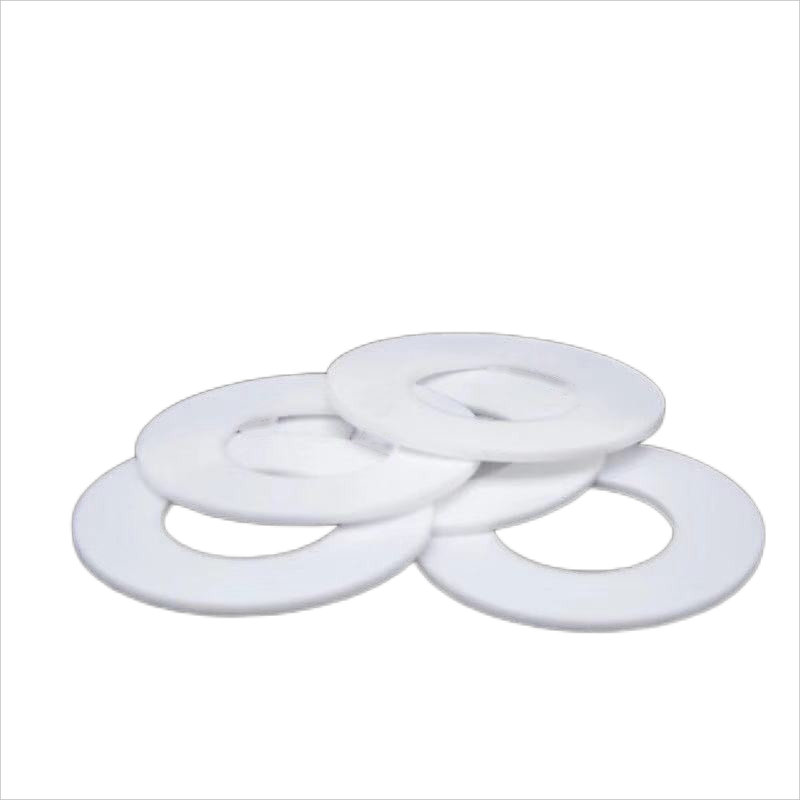From Compressed Non-Asbestos to Graphite Sheet: High temperature Gasket Sheet Material Comparison and Application Analysis
 2025.11.20
2025.11.20
 Industry News
Industry News
In the high-stakes world of industrial fluid management, the integrity of a static seal is paramount. For B2B buyers and engineers, the selection of the correct High temperature Gasket Sheet material requires a sophisticated understanding of thermal limits, pressure resilience, and chemical compatibility. As a large comprehensive sealing technology enterprise, Jiangsu Jintai Sealing Technology Co., Ltd. (founded in 2004, and home to the high-end Nofstein brand) specializes in researching and manufacturing seals designed to meet and exceed the extreme demands found in sectors like power, chemistry, and shipping.
Material Science and Thermal Performance
The core challenge in high-temperature sealing is preventing material degradation, relaxation, and blowout. Different sheet materials achieve thermal resistance through distinct mechanisms, impacting their suitability for various applications.
Compressed Non-Asbestos Fiber (CNAF) Sheets
CNAF sheets, developed as an environment-friendly alternative to asbestos, utilize synthetic fibers (e.g., aramid, carbon, glass) bound together with an elastomeric binder (e.g., NBR, SBR). The thermal resistance is significantly determined by the binder type, which is susceptible to thermal degradation (vulcanization reversal or burning off) at elevated temperatures, leading to material softening and loss of sealing stress.
Assessing the **Compressed non-asbestos fiber gasket sheet thermal limits** is essential. While high-grade CNAF can handle temperatures up to $450^{\circ}C$ momentarily, continuous operation near the binder's limit will necessitate more frequent replacements.
A comparison of common CNAF binder limits:
| Binder Type | Max Intermittent Temperature | Chemical Resistance Profile |
|---|---|---|
| NBR (Nitrile) | $400^{\circ}C$ | Good for oils, fuels, and hydrocarbons. |
| SBR (Styrene Butadiene) | $350^{\circ}C$ | Good for water and low-pressure steam. |
| Aramid Fiber/HNBR | $450^{\circ}C$ | Excellent creep resistance under heat/pressure. |
Flexible Graphite Sheets
Flexible graphite is a material of choice for the most demanding thermal applications. Its structure consists of pure carbon with a high crystalline orientation, giving it exceptional resistance to thermal cycling and fire. Unlike polymer-based materials, its sealing mechanism relies on the material's ability to creep and conform to flange imperfections under compression, maintaining high resilience up to $3000^{\circ}C$ (non-oxidizing atmosphere).
However, oxygen presence limits continuous operating temperature, typically around $500^{\circ}C$ to $650^{\circ}C$. Evaluating the **Flexible graphite sheet chemical compatibility chart** is simpler, as its high purity makes it inert to most chemicals, except for strong oxidizers like nitric acid or fuming sulfuric acid.
Key properties comparison:
| Property | Flexible Graphite (99% Purity) | High-Grade CNAF (NBR Bound) |
|---|---|---|
| Continuous Temperature Limit (Air) | $\approx 500^{\circ}C$ | $\approx 250^{\circ}C$ |
| Creep Relaxation | Very Low (Excellent stress retention) | Medium (Binder is susceptible to softening) |
| Chemical Inertness | Excellent (pH 0-14, excluding strong oxidizers) | Dependent on the specific binder elastomer. |
Engineered Polymer Sheets (e.g., PTFE)
While PTFE (Polytetrafluoroethylene) is conventionally considered a lower-temperature material than graphite or CNAF, specialized expanded or filled PTFE variants are essential for specific sealing scenarios. Its value lies primarily in its near-universal chemical inertness, making it indispensable for processes involving highly corrosive media even at elevated, moderate temperatures (up to $\approx 260^{\circ}C$).
For B2B procurement, understanding the **Technical specifications for PTFE sheet in high temperature sealing** requires looking at filler materials (e.g., glass, carbon, silica). These fillers significantly improve creep resistance and dimensional stability under thermal load, addressing PTFE's primary weakness.
Application Suitability: Pressure, Temperature, and Media
Gasket selection must be driven by the operational envelope, ensuring the material meets the $P \times T$ (Pressure $\times$ Temperature) rating and withstands the fluid media.
Selection Criteria Matrix
The required performance is defined by the Maximum Operating Pressure and Temperature. High-performance CNAF is often sufficient for mid-range steam lines, but systems demanding the ultimate in stability—like supercritical steam or hot chemical processing—mandate materials like flexible graphite or specialized spiral wound gaskets.
A primary consideration is the **High pressure high temperature non-asbestos gasket material selection** to avoid blowouts and environmental leakage. At Jintai Sealing Technology, our Nofstein high-end sealing products are designed to provide the specific density and resilience required for these demanding conditions.
Material recommendation based on combined service severity:
| Service Condition (P and T) | Recommended Sheet Material | Key Rationale |
|---|---|---|
| Low-Medium Severity (up to $250^{\circ}C$) | High-Grade CNAF (e.g., Aramid/NBR) | Cost-effective, good sealing stress. |
| High Severity (up to $500^{\circ}C$) | Flexible Graphite (Foil reinforced) | Exceptional thermal stability, low creep. |
| Corrosive Media + Medium T | Filled/Expanded PTFE | Universal chemical resistance. |
Industry-Specific Requirements
Different industries impose unique stresses on **High temperature Gasket Sheet** materials:
- Power Generation: Requires high resistance to thermal cycling and oxidation, often using graphite for boiler manholes and steam systems.
- Petrochemical: Focuses heavily on chemical compatibility and fire safety (API 607 compliance). Procurement of **B2B supply bulk high temperature gasket sheet for petrochemical** must prioritize materials like pure graphite or specialty metal-reinforced CNAF that are impervious to volatile hydrocarbons and aggressive acids.
- Shipping: Requires material that meets classification society quality system identification (e.g., CCS, which our products have achieved) and stability against vibration and saltwater exposure.
Manufacturing Excellence and B2B Partnership
The reliability of a High temperature Gasket Sheet is only as good as its manufacturing process. Since our founding in 2004, and the establishment of our Sealing Technology Industrial Park project in 2012, Jintai Sealing Technology has maintained sound quality management manuals and rigorous monitoring systems. Our products undergo stringent testing, including the CiT test for environmental protection and the national nonmetal test, confirming their suitability for global markets.
As a specialized manufacturer, we offer:
- Product Diversity: Specialization in environment-friendly asbestos-free gaskets, specialized rubber material products, and insulation materials for pneumatic and hydraulic systems.
- Innovation: The Nofstein brand represents our continuous technological innovation in developing new sealing materials and designs to meet evolving market needs.
- Global Reach: Our professional foreign trade group and established partnerships ensure we can confidently undertake major projects and export goods across Eastern Europe, Southeast Asia, and Africa.
Conclusion
Specifying the correct High temperature Gasket Sheet is a critical engineering decision that dictates operational safety and longevity. Whether selecting for the stability of flexible graphite or the chemical resistance of specialized PTFE, a technical, evidence-based approach is non-negotiable. Partnering with a large, technologically advanced manufacturer like Jintai Sealing Technology Co., Ltd. ensures access to high-quality, fully tested sealing solutions for every extreme industrial challenge.
Frequently Asked Questions (FAQ)
- Why are binder types critical in Compressed Non-Asbestos Fiber (CNAF) sheets? The elastomer binder (e.g., NBR or SBR) holds the synthetic fibers together and dictates the upper thermal limit of the CNAF sheet. Above the binder's degradation temperature, the material softens, leading to stress relaxation and potential seal failure, making the binder the weak link in the **Compressed non-asbestos fiber gasket sheet thermal limits**.
- How does the purity of a Flexible Graphite sheet affect its performance? Higher purity graphite (typically 99% carbon) exhibits superior thermal stability and chemical inertness. Impurities can act as catalysts for oxidation at high temperatures, which reduces the service life of the material, especially in air.
- What is the primary trade-off when using PTFE sheets for high-temperature sealing? While PTFE boasts exceptional chemical inertness—a key advantage for handling corrosive media—its primary weakness is poor creep resistance at high temperatures. This necessitates the use of filled PTFE (with materials like glass or carbon) to improve dimensional stability, as detailed in the **Technical specifications for PTFE sheet in high temperature sealing**.
- What is meant by the $P \times T$ factor in gasket selection? The $P \times T$ (Pressure $\times$ Temperature) factor is a metric used by engineers to assess the severity of a sealing application. Selecting the appropriate sheet material, such as making a **High pressure high temperature non-asbestos gasket material selection**, requires confirming that the gasket's material properties can withstand the combined maximum pressure and maximum temperature of the system simultaneously.
- What quality assurance should B2B buyers look for in a high-temperature gasket manufacturer? Buyers should look for manufacturers with established quality systems and third-party certifications (e.g., CCS classification society identification, CiT environmental tests). This assures that the **High temperature Gasket Sheet** materials meet international performance standards, crucial for critical industries like shipping and power generation.

 Eng
Eng  русский
русский


